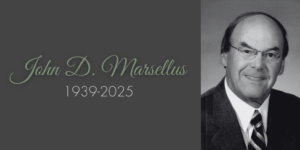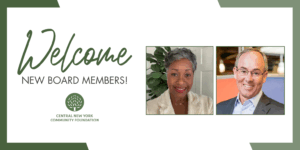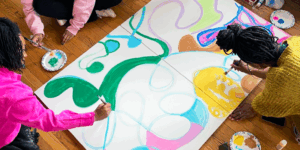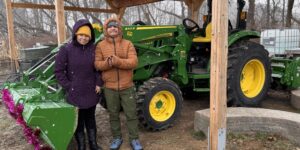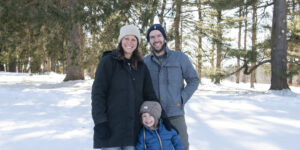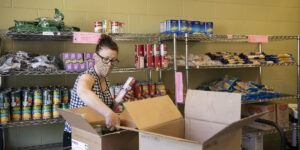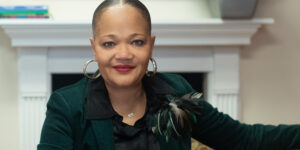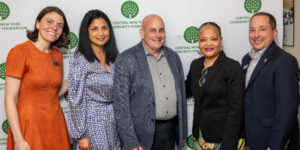Community parks, schools, homes, and libraries line the streets of what local Hispanic youth envision for a brighter community. The simulation was crafted as the culmination of a year-long exploration into the professional, educational, and community engagement activities that lay ahead for them as they grow and reside in Central New York.
The Spanish Action League’s Youth & Careers program encourages students to explore a professional path by introducing them to potential vocations and careers while promoting the benefits of stable employment in their futures.
“We noticed that there weren’t many opportunities for Hispanic children to interact with working professionals within the community,” said Rita Paniagua, executive director of Spanish Action League. “We wanted to find a way to creatively engage children in all that Central New York has to offer and instill the importance of education for a competent future.”
Youth & Careers was kicked off last year with the help of a Community Foundation grant that covered the cost of staffing, supplies, and travel expenses associated with the program.
“We created this program to teach our children about community vitality, growth, and potential,” said Paniagua. “We want these professionals to illustrate and teach the children that success is possible and attainable.”
The Spanish Action League provides case management services to communities of diverse cultures, primarily Hispanics, helping to bridge the gap of literacy, language, and financial challenges. To expand its services, staff wanted to introduce a new concept focused primarily on the future of children served by the organization.
Youth & Careers takes students from La Liga’s after-school program on a journey from idea exploration to educational expectations. At the conclusion of this year’s program, children worked together with local architects to create a visual representation of the ideal Central New York community where they envision themselves living in the years to come. They included fire departments, police stations, community centers, parks and churches.
“It’s wonderful to see the children getting so excited about learning and seeing the collaborative model of the type of community that they created,” said Paniagua.

